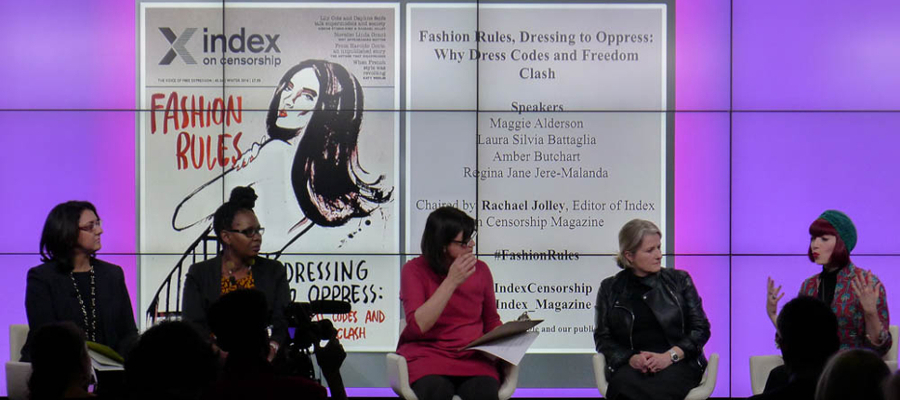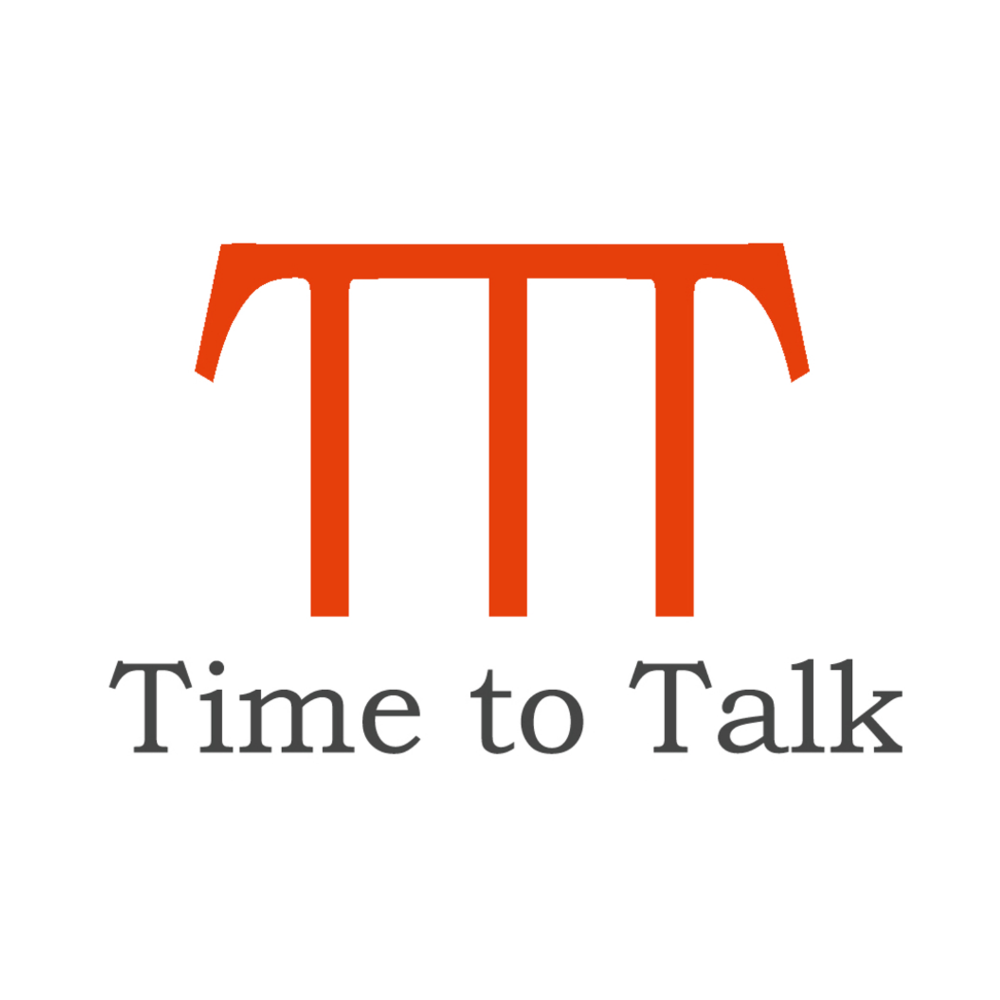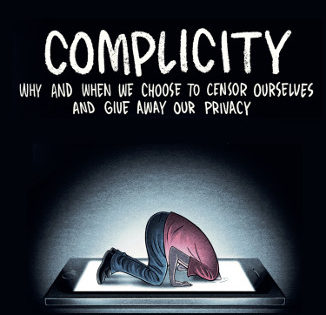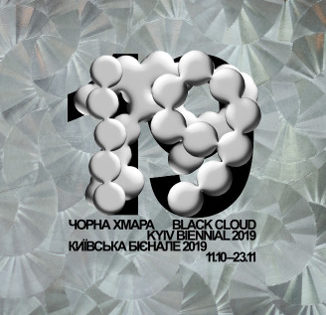At 18:30 GMT on Wednesday the 18th January, the Index on Censorship magazine launched its latest edition with an evening of discussion, looking at how bans and state-imposed clothing regulations clash with freedom of expression.

Recording:
Unfortunately, the Mixcloud player no longer appears to work on mobile devices, please visit our page at https://www.mixcloud.com/tttdebates/dressing-to-oppress-why-dress-codes-and-freedom-clash/ to listen to the debate on your mobile device.
About the debate:
The speakers considered why and if governments ban clothing at times when they are insecure or fearful. With the audience, they debated how people have rebelled against clothing censorship as well as what the impact of restrictions on clothing can be.
The debate drew on arguments from the magazine about this theme, suggesting that when governments introduce bans on clothing, or restrict certain items to an elite group, they signal their own lack of confidence.
At different points in world history, governments have forced small groups of people to wear particular things or tried to wipe out styles of clothing they did not approve of. For instance, in medieval Europe, non-Christians and Christians who refused to conform to a state religion (such as the Cathars) were, at certain periods, forced to wear symbols of identification, such as stars or crescents.
In 1746, the British government banned kilts and tartans (except for the military) under the Dress Act, a reaction said to be motivated by support amongst Highland clans for rebellions to return Catholic (Stuart) monarchs to the British throne. Those who ignored the order faced six months in prison for the first instance and seven years’ deportation for the second.
Forcing specific groups to wear a particular symbol or item of clothing identifies that group of people. The authorities which enforce such measures are, by implication, saying to the majority that there is a difference in the status of the minority group and, in doing so, opening them up to attack or, at the very least, suspicion. And, historically, groups which have been forced to wear some kind of identifying symbol or special outfit have then found themselves subject to being ostracised or physically attacked.
This strategy is, however, not just confined to the distant past. The most obvious modern example is Jews being forced to wear yellow stars during the Nazi period in Germany, but this is not the only time when a minority has been legally forced to stand out from the crowd. In 2001, the Taliban ruled that Afghan Hindus would have to wear a public label to signify that they were not Muslims and that their Hindu women would have to start wearing veils. Only last year, French authorities tried to force Muslim women to wear different beachwear to the outfits they had chosen for themselves. And, in South Africa and Uganda women have been attacked by vigilante groups for wearing short skirts.
The evening therefore aimed to explore how clothing regulations can be used to oppress and how responses can challenge and confront such oppression. And, visitors were able to hear from an expert panel, including Maggie Alderson, former editor of Elle magazine, Regina Jane Jere-Malanda, editor of New African Woman magazine and the fashion historian Amber Butchart.
Participants:
Speakers:
Maggie Alderson is an editor, journalist, columnist and bestselling novelist of 12 books, formerly of ES and ELLE magazines.
Laura Silvia Battaglia is a prize winning freelance journalist who spreads her time between Italy and Sanaa (Yemen) and contributes towards a number of different mediums. In 2010, her video documentary Maria Grazia Cutuli. Il prezzo della verità won the Premio Giancarlo Siani award.
Amber Butchart is an associate lecturer at the London College of Fashion, a fashion historian and author, working across cultural heritage, broadcasting and academia.
Regina Jane Jere-Malanda is a Zambian-born, London-based journalist and currently the editor of the New African Woman magazine. She writes extensively on a wide range of issues, from politics to beauty and fashion, women’s rights, media freedom and free speech.
Moderation:
Rachael Jolley is the editor of the Index on Censorship magazine and the 2016 winner of the British Society of Magazine Editors Special Interest Brand Best Editor award.
You can follow Rachael and Index on Twitter via @Index_Magazine and @IndexCensorship.
Winter edition of the Index on Censorship magazine:
In the upcoming issue, models Lily Cole and Daphne Selfe discuss why changes in society are reflected in the clothes we (are allowed to) wear, while writers from around the world look at indigenous dress in Nigeria, oppression of Indonesian punks and fashion and freedom of expression in Saudi Arabia. In addition to the thematical content, a cartoon by Martin Rowson featuring Donald Trump in a fur thong, poetry from Paulo Scott and a never before seen English translation of a short story by legendary Argentine writer Haroldo Conti also await readers.
To find out more about the winter edition of the Index on Censorship magazine, click here.



